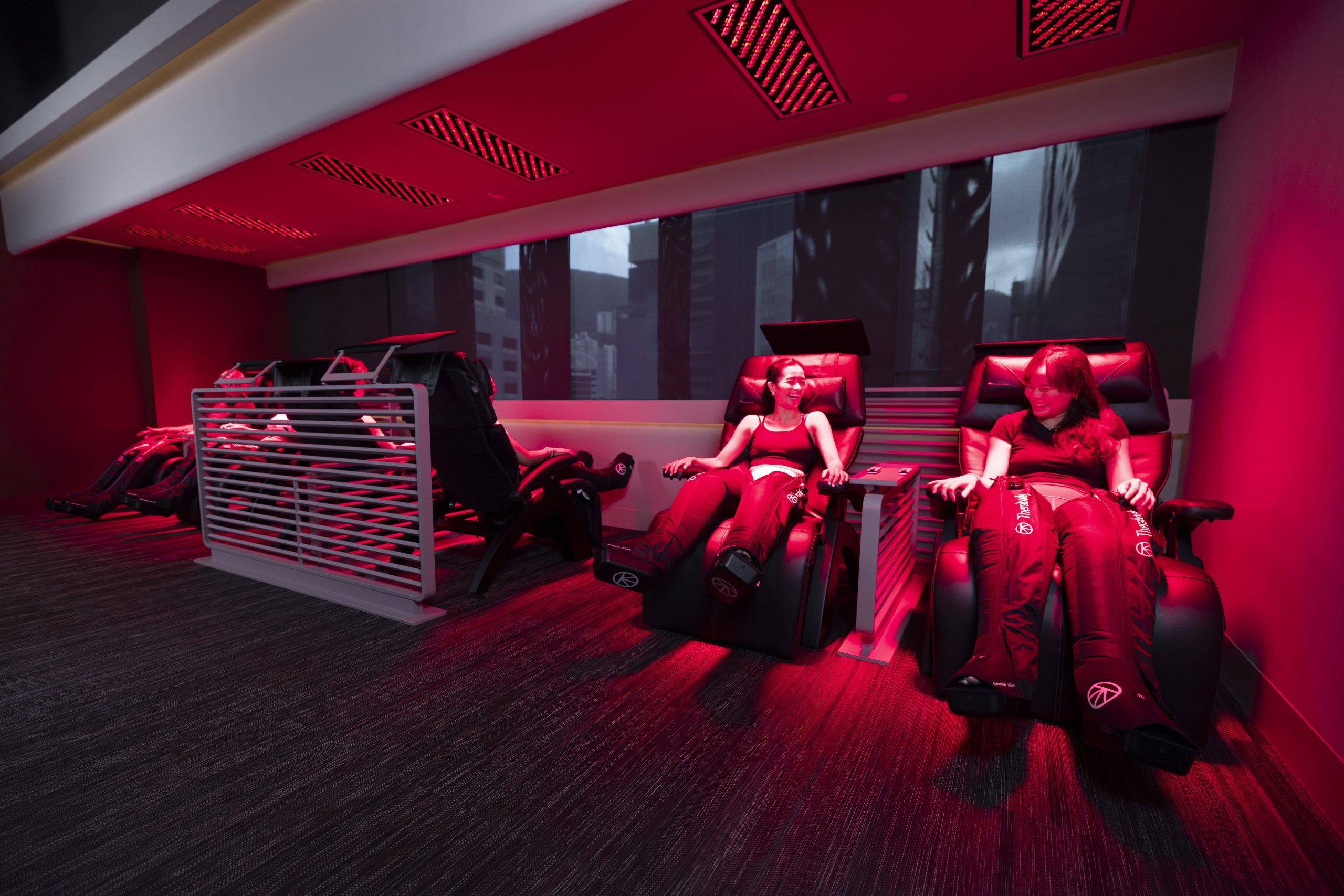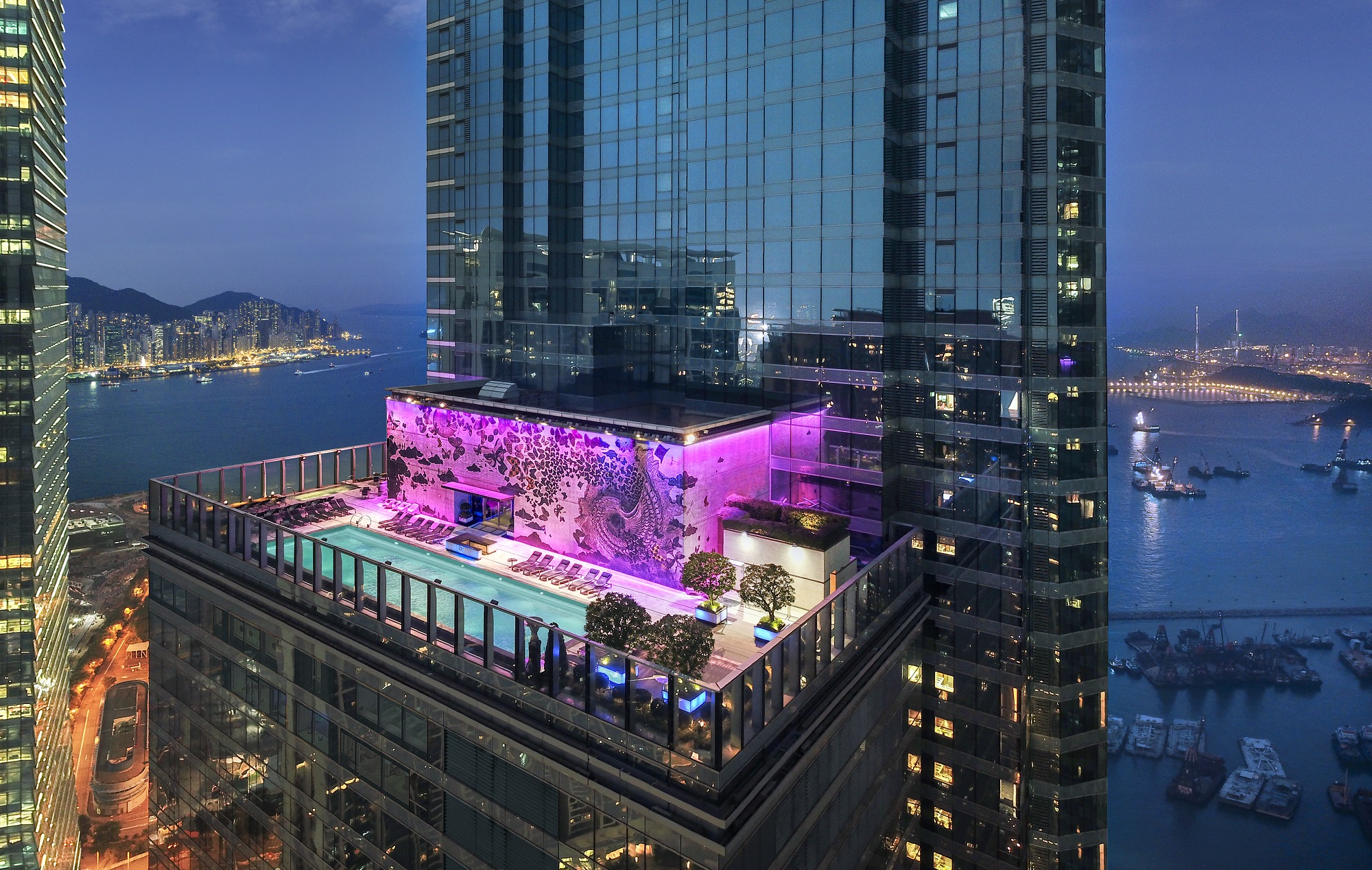Masaaki Miyakawa, the chef-founder of Sushi Kissho by Miyakawa, talks to Stephenie Gee about bringing the best of the Land of the Rising Sun to the Las Vegas of the East
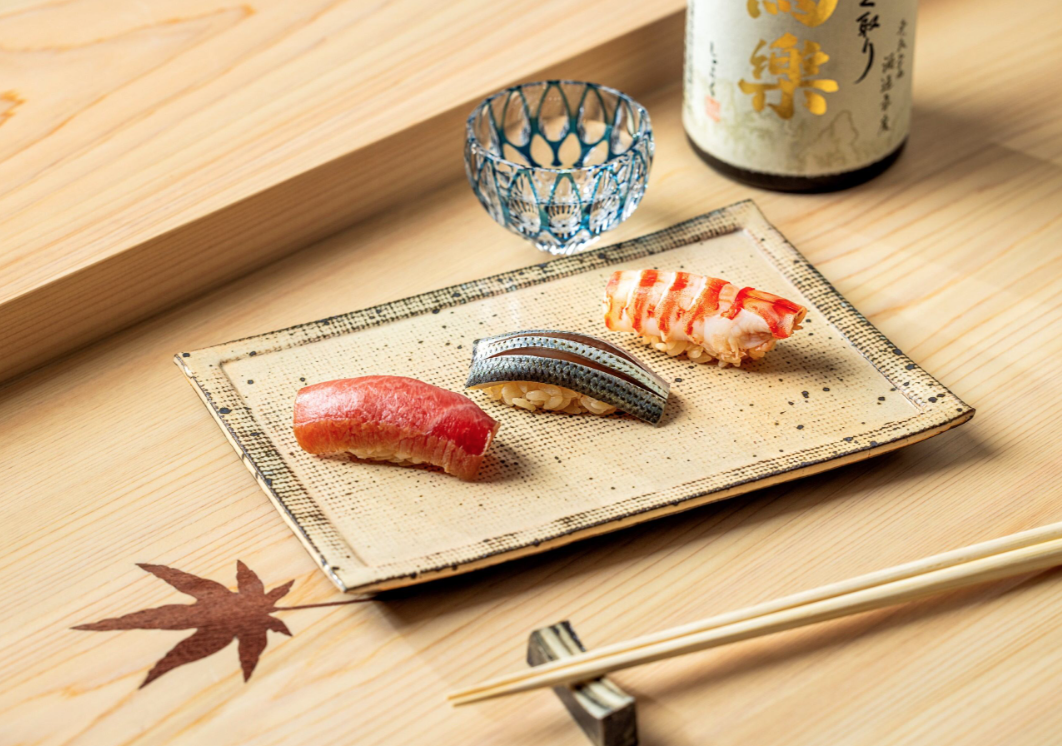
Raffles at Galaxy Macau has a new resident. Renowned chef-founder Masaaki Miyakawa, one of only six sushi masters in Japan and two internationally to hold three Michelin stars, has opened his first international outpost in the luxury hotel. Accommodating an intimate 10 at the counter (and another 10 in a private room), Sushi Kissho by Miyakawa distils the essence of wabi-sabi – the Japanese art of finding beauty in things imperfect, impermanent and incomplete – into a refined dining ritual in which the season’s finest harvest and produce are honoured and presented in their most pristine form.
Hailing from a small town in rural Hokkaido, Miyakawa began his career at Sushiden Kenzanin Tokyo. But those in the know will remember him from the early days of Sushi Shikon – when it first opened as a cosy eight-seater hidden in the Mercer Hotel on Hong Kong’s Jervois Street – where he led the restaurant’s ascent to three Michelin stars. In 2014, he returned to Hokkaido to set up the eponymous Sushi Miyakawa, another establishment to be conferred with the coveted three- star status. Sushi Shin by Miyakawa in Niseko and at the Mandarin Oriental Tokyo soon followed, as did the praise and acclaim.
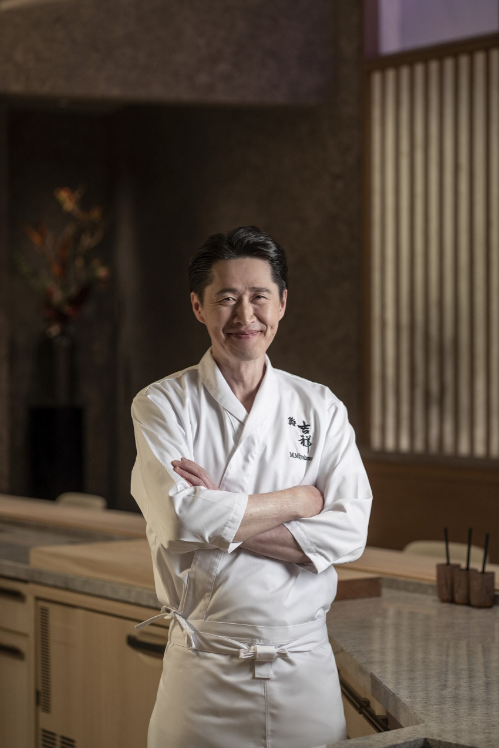
“I was surprised but naturally honoured. And the joy of receiving recognition for the hard work we all put in was more than I can say for anything,” he says of the accolades. “As you know there are many incredible sushi restaurants and to be awarded three stars filled me with a sense of pride. We will continue to push forward without change.”
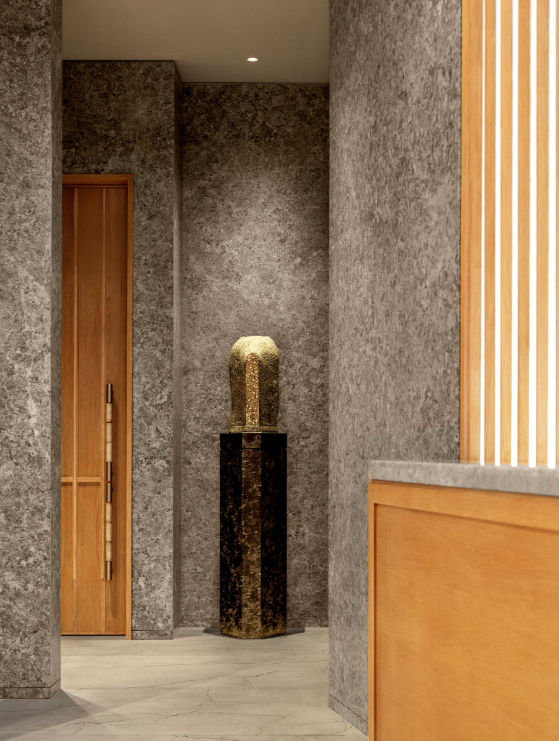
Now, in Macau, Miyakawa has set yet another stage to further the art of sushi. The idea, he tells me, is to bring the best and freshest of Japan to the SAR. “Macau is one of my most memorable cities. When I was working in Hong Kong, I would often visit the city for a change of scenery. And I really enjoyed it – it’s such a beautiful and exciting city with a rich heritage and its own unique characteristics and energy,” he says. “Sushi Kissho, Sushi Miyakawa in Sapporo, Sushi Shin in Niseko andSushi Shin in Toky all have the same menu and use the same ingredients. I value offering a variety of fresh, seasonal ingredients, which is the same as what I offerat my restaurants in Japan. And so I will be spending most of my time overseas in Japan so I can share with the team what’s trending or the seasonal foods. It’s something that you can’t feel when you’re outside of Japan. What we’re trying to achieve is the exact same dining experience regardless of which counter you’re sitting at.”
Driven by a culinary philosophy rooted in balance and the unity of flavours and ingredients, Miyakawa is known for sushi that blends Edomae – a style of sushi that dates back to when Tokyo was known as Edo (1603- 1868) and light preservation techniques were necessary – tradition with Hokkaido influences. Unfolding over nearly 20 courses at Sushi Kissho, the gastronomic action is led by his protégé, executive chef Hironori Satake, who was trained along with the rest of the cadre by Miyakawa himself. Together the team boasts a collective 98 years of expertise in intricate techniques from rice preparation to knife skills.
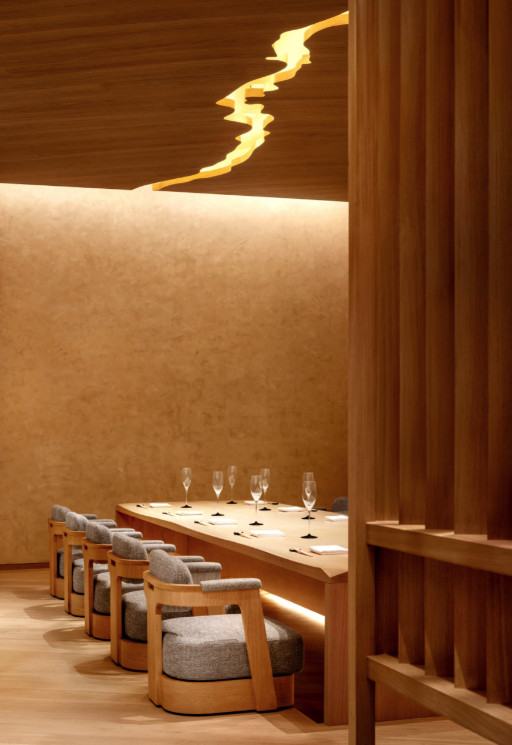
“Being Sapporo-based, I rely heavily on Hokkaido ingredients despite Edo being the previous name for Tokyo.Butthisisnotanissue,ratherablessing,given the incredible quality of Hokkaido produce, which I believe the world is now well aware of,” says Miyakawa. Changing with the seasons, the lengthy omakase brings together Japan’s best, all sourced from Miyakawa’s trusted roster of farmers, foragers and fishermen. It begins with a series of otsumami (appetisers) such as Kagoshima bonito, smoked over rice straws for a fragrant finish. A Miyakawa signature, the tender Shimane black abalone is another divine entry, nourished with kombu, water and sake, and dressed in a rich liver sauce.
Next come the sushi courses, served one after another in enticing succession. The nigiri are marked by a refined shari (vinegared rice), made with a blend of three varieties of akazu (red vinegar) and premium rice – namely the light Sasanishiki, sweet Koshihikari and fragrant Hokkaido Yumepirika – cooked thoroughly in a traditional broad-brimmed clay rice pot called a hagama with neta (topping) highlights like the Hokkaido himemasu (trout). In season from June, the delicate fish is slightly dehydrated with salt and served with vinegar to bring out its full character. There is sake to go with this all, from rare homegrown labels including Kokuryu, founded in 1804 in the mountains of Fukui; Hakurakusei from Miyagi Prefecture; and the exclusive Wa8, a private- label junmai daiginjo with a rich history dating back to 1921 made in collaboration by Sumikawa Shuzo Brewery and Wa Creations.

But it’s not all the same. At Sushi Kissho there’s an added flair of showmanship that is atypical of Miyakawa’s other locations. “Here the design and large space allows us to prepare many of the dishes in front of the guests, which adds to the dining experience and interaction with guests seated at the counter. And we have a large island kitchen, which is unique for a sushi restaurant,” he says. Each step of the preparation, from hand-grating wasabi to aburi, or flame-searing, and mochi pounding, is in clear view for diners to spectate from behind the 300-year-old kiso hinoki (cypress) sushi counter, inlaid with contrasting momiji (maple) leaf motifs. Handcrafted by master craftsman Tomita, this imposing centrepiece anchors the minimalist dining space, complemented by carefully curated pieces like ceramics made by the Miyagawa family, specialists in the art since the Edo period, and antique ikebana baskets from Kyoto.
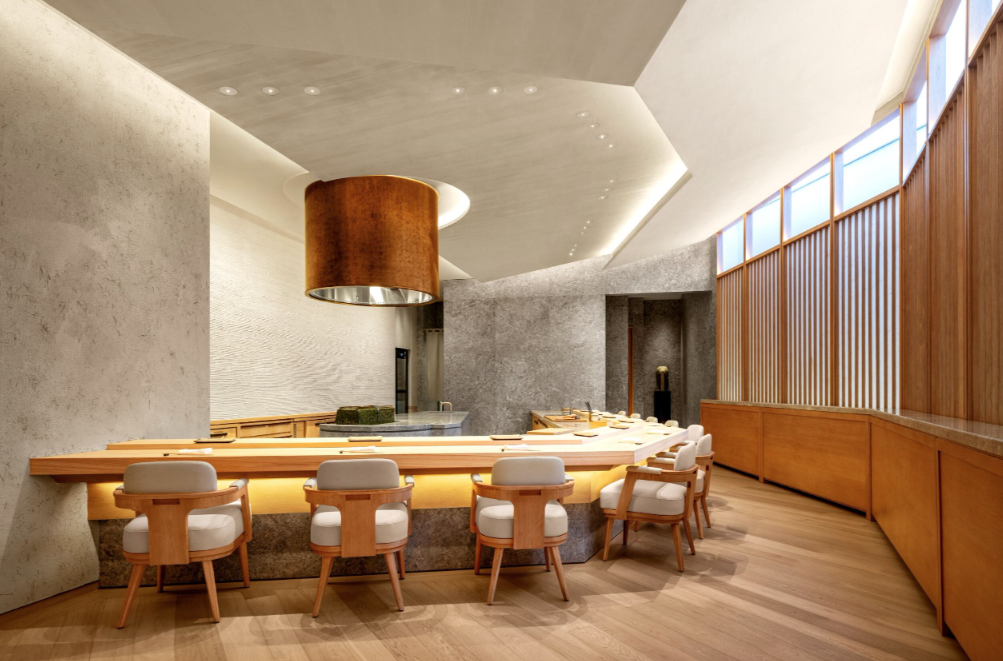
“My passion comes from the expressions of my customers, good or bad, when they take their first bite. I’m driven by a belief that all customers are here at the counter to enjoy sushi at its best and to create a connection with the chefs,” Miyakawa says. “Sushi is crafted in front of the guests and thus the entire dining experience is aired between the customer and the sushi team. This is something that only happens at counter concepts such as sushi. Many restaurants may offer incredible food and service, however, you may never meet the actual chefs or see how they create their amazing dishes.”

So, naturally, assembling the right team was key to bringing Sushi Kissho to life. It took time, but they got there. “We needed to send Japanese chefs that not only have excellent skills and decades of experience, but also have the ability to adapt to living in a foreign country and working with an international team. There were of course cultural differences and language barriers that we had to overcome, but we now have a strong team with excellent teamwork between members of varying nationalities,” Miyakawa says. And the goal, he continues, is to deliver the best to each diner. “Myself and the team are laser- focused on Sushi Kissho and bringing an unmatched sushi dining experience to Macau. We want guests to feel as though they are having the most delicious sushi they have ever tasted despite not even being in Japan.”
Also see: Hansik Goo head chef on his take on traditional Korean flavours



